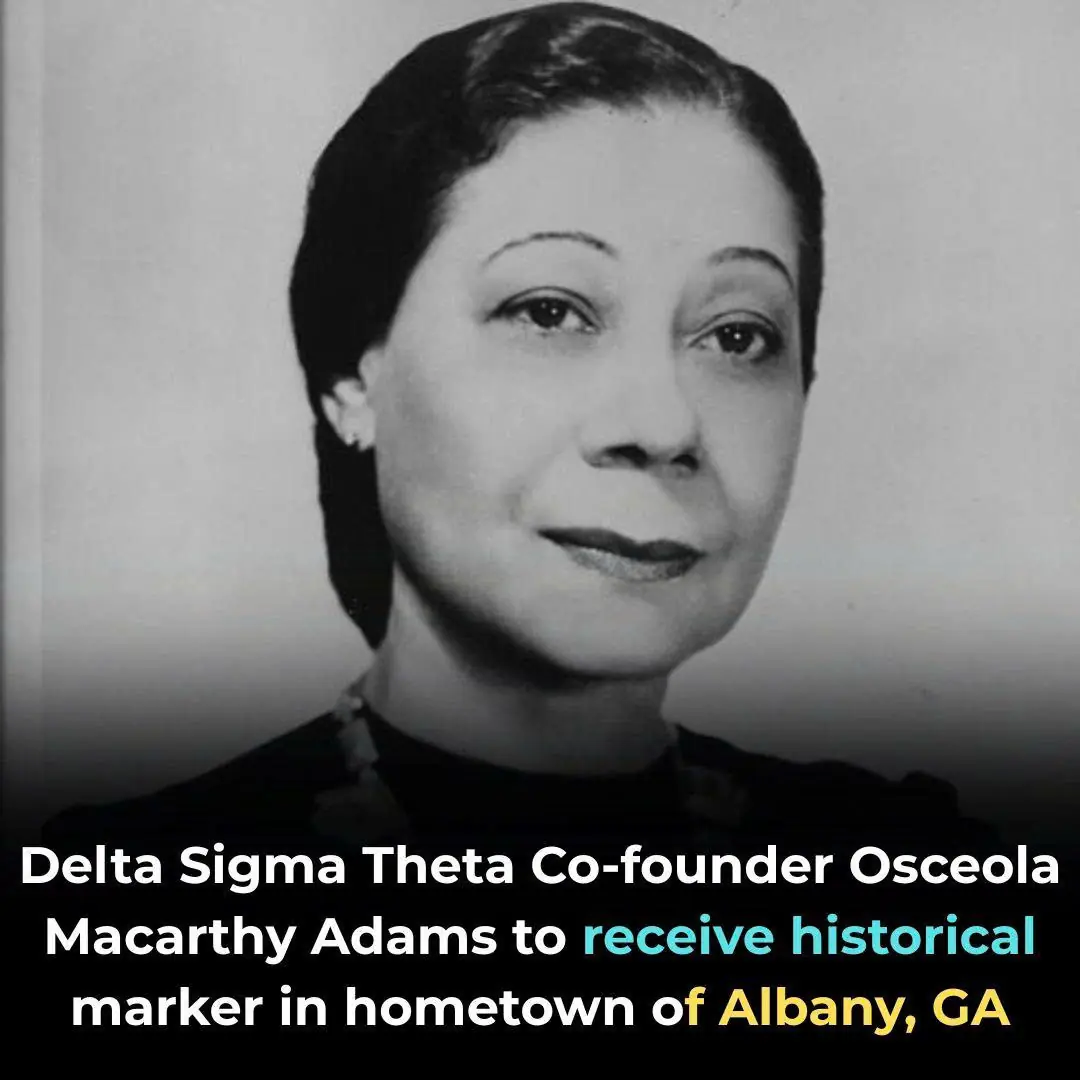
Meet Sister Rosetta Tharpe, The Godmother Of Rock ‘N’ Roll
Sister Rosetta Tharpe: The Godmother Who Invented Rock ‘n’ Roll Before It Had a Name
She started it all — long before Elvis swiveled his hips or Chuck Berry struck a chord.

Before the world crowned its kings of rock ‘n’ roll, there was a woman who built the throne. Sister Rosetta Tharpe, born Rosetta Nubin in Cotton Plant, Arkansas, in 1915, was the true godmother of the genre — the visionary who fused gospel’s soul with the rhythm of blues and the energy of early rock (NPR, 2018).
Raised in a devout Christian family by her mother, Katie Bell Nubin, a traveling evangelist and mandolin player, Tharpe’s musical journey began in the church. By age four, she was strumming her first guitar; by six, she was performing alongside her mother across the South, their act known for electrifying congregations with spirit and sound. When the pair moved to Chicago in the 1920s, they continued to perform in church revivals, but young Rosetta’s curiosity led her to experiment — blending Delta blues, swing, and New Orleans jazz into sacred music. It was there that her now-famous sound began to take shape (Smithsonian Magazine, 2019).
Breaking Barriers — And Expectations
By the early 1930s, Tharpe had become a sensation in gospel circles. Her confident guitar work and emotive contralto voice drew crowds who had never seen a woman handle an electric guitar with such mastery. As Rolling Stone later noted, she was “the first guitar heroine of rock & roll,” influencing generations of artists who would follow (Rolling Stone, 2018).
In 1938, at just 23 years old, Tharpe joined New York’s Cotton Club Revue, where her fusion of sacred and secular themes shocked some churchgoers but captivated the broader public. That same year, she recorded several groundbreaking singles — “Rock Me,” “That’s All,” “My Man and I,” and “Lonesome Road” — with Decca Records. These recordings are now recognized as the earliest blueprints of rock ‘n’ roll, blending religious fervor with rhythmic drive (BBC Music, 2020).
Her performances were unapologetically bold — strumming her guitar with the confidence and style that would later inspire artists like Elvis Presley, Little Richard, and Johnny Cash (The Guardian, 2019).
A Black Woman Ahead of Her Time
Tharpe’s success, however, came amid the harsh realities of racism and sexism in mid-20th-century America. Touring with integrated bands like the Lucky Millinder Orchestra and the Jordanaires, she was often denied lodging and meals because of segregation laws. Yet, as The New York Times observed, Tharpe “turned those barriers into stages,” performing wherever she could — even on buses or in small halls packed with adoring fans (NYT, 2018).
Her performances in the 1940s were revolutionary. She stood on stage in sequined gowns with an electric Gibson guitar — an image that defied racial and gender stereotypes. Her 1944 hit “Strange Things Happening Every Day” was a milestone: it became the first gospel song to reach the R&B Top 10 charts, widely regarded as one of the first true rock ‘n’ roll records (Billboard Archives, 1945).
Love, Legacy, and Reinvention
By the time she was 30, Tharpe was a global star — and an independent one. She had endured two marriages and began living more openly about her bisexuality within artistic circles. In the late 1940s, she met fellow gospel singer Marie Knight, who became both her musical partner and rumored romantic companion. Their duets, including the classic “Up Above My Head,” became gospel staples and showcased an electrifying chemistry that audiences adored. Together, they toured extensively and managed their own business affairs — a groundbreaking feat for two Black women in entertainment at the time (PBS, American Masters, 2023).
Though Tharpe and Knight eventually parted ways, Tharpe continued breaking records. In 1951, she made headlines when she married her manager, Russell Morrison, in a public ceremony at Griffith Stadium in Washington, D.C. Over 20,000 fans bought tickets to witness the event, which doubled as a concert later released as a live album (NPR, 2018).
From Forgotten Trailblazer to Rightful Recognition
As the rock scene shifted in the 1950s — dominated increasingly by white male performers — Tharpe’s influence was quietly rewritten out of mainstream narratives. But she didn’t stop playing. Touring across Europe in 1957, she captivated new audiences, with her 1964 concert at a Manchester railway station (captured by Granada Television) becoming one of her most iconic performances. BBC Music later called it “the moment British rock learned its first real guitar lesson” (BBC, 2020).
Her final known recordings were made in Copenhagen in 1970. Three years later, in 1973, Sister Rosetta Tharpe passed away in Philadelphia at age 58 after suffering a stroke.
For decades, her contributions went largely unacknowledged, even as her musical descendants—Chuck Berry, Elvis Presley, Aretha Franklin, Tina Turner, and Johnny Cash—rose to fame. But her legacy was too powerful to remain buried. In 2018, more than 40 years after her death, she was inducted into the Rock & Roll Hall of Fame as an Early Influence, finally cementing her rightful place in history (Rock & Roll Hall of Fame, 2018).
Because of Sister Rosetta, We Can
Today, Sister Rosetta Tharpe is celebrated as the true pioneer of rock ‘n’ roll, a visionary who bridged the sacred and the secular and forever changed the sound of modern music. As The Guardian beautifully summarized, “Without Sister Rosetta, there would be no rock ’n’ roll. She turned the electric guitar into a weapon of joy” (The Guardian, 2019).
Her story is a reminder that history often forgets its mothers while glorifying its sons. But not this time.
Because of Sister Rosetta Tharpe — we can sing, we can shout, we can rock.
Meet Sister Rosetta Tharpe — the Godmother of Rock ‘n’ Roll.
News in the same category


Delta Sigma Theta Co-founder Osceola Macarthy Adams to Receive Historical Marker in Hometown of Albany, GA

Denzel Washington’s ‘Othello’ Makes Broadway History as Highest-Grossing Play Ever

Coco Gauff Celebrates 21st Birthday With New Balance Sneaker Release Honoring Her Grandmother & Florida Roots

Actively Black Turned NYFW Into Living History

Free-to-play Futurama: Hit & Run game could be the sequel fans have waited 22 years for

Trump and Zelensky have savage response to calls to build 70-mile tunnel linking Alaska to Russia

If Your Home Uses Mẻ Regularly — You Must Read This!

Keep Mosquitoes Away Naturally: Simple Home Remedies That Really Work

For Anyone Who Loves Sweet Potatoes — Read This! It’s Never Too Late to Know

Drinking Roasted Black Bean & Ginger Water: After 7 Days, Your Body Receives 3 Major Benefits

5 Everyday Foods That Quietly Drain Your Calcium — Young or Old, Everyone Should Watch Out

Use Plantain (Plantago major) to Brew a Drink — Your Body Gets 5 Fantastic Benefits

4 Herbal Hair Rinses to Prevent Hair Loss, Promote New Growth & Restore Shine

Why Eating Glass Noodles (miến) Can Make Your Stomach “Growl” — And 2 Times You Should Avoid Them to Protect Your Stomach

A 3-Year-Old Boy Got Super Glue in His Eye — His Mother’s “Golden 30 Seconds” Saved His Sight

Growing Concern Over Visceral Fat — Doctors Recommend 9 Foods to Help Burn It Naturally

‘This Is An Opportunity For You To Get Some Portal Film’ | Deion Sanders’ Ruthless Scrimmage Urging Bench Players To Transfer Angers Fans
News Post

🪟 Vinegar Is the Key to Streak-Free Windows & Shiny Surfaces — But Most People Use It Wrong

When your liver is bad, these parts start to hurt

Euphorbia Hirta: 30 Benefits and How to Use It Safely

What does this gesture mean?

The Hidden Power of Common Lantana (Lantana camara): What You Can Safely Do with It at Home

This Is The Mistake You Make When Using An Electric Kettle

Top 12 ways to quickly improve blood circulation in legs

Is Too Much Rice Harming Your Health

Has This Ever Happened to You? The Strange Phenomenon That Freezes You in Your Sleep

Some people are only now realizing what the “WC” sign stands for on washrooms

Tingling Sensation In Your Body: Why Does It Happen

Unbelievable Discovery: Praying Mantis Eggs Found in Christmas Tree

The Night the Wild Came Home: A Mountain Lion’s Gentle Visit

Wisconsin Black Bear Freed After Eight-Day Struggle with Plastic Jar on Her Head

From Tragedy to Triumph: Paralyzed Dog Ward Takes His First Steps Toward Recovery

Tennessee Trooper Stops Traffic to Save a Dying Dog

A Boy, a Cat, and a Moment That Stopped Time

5 Breast Cancer Signs You’ve Never Heard Of — But Shouldn’t Ignore

Turn Papaya Leaves Into a Powerful Homemade Detergent
